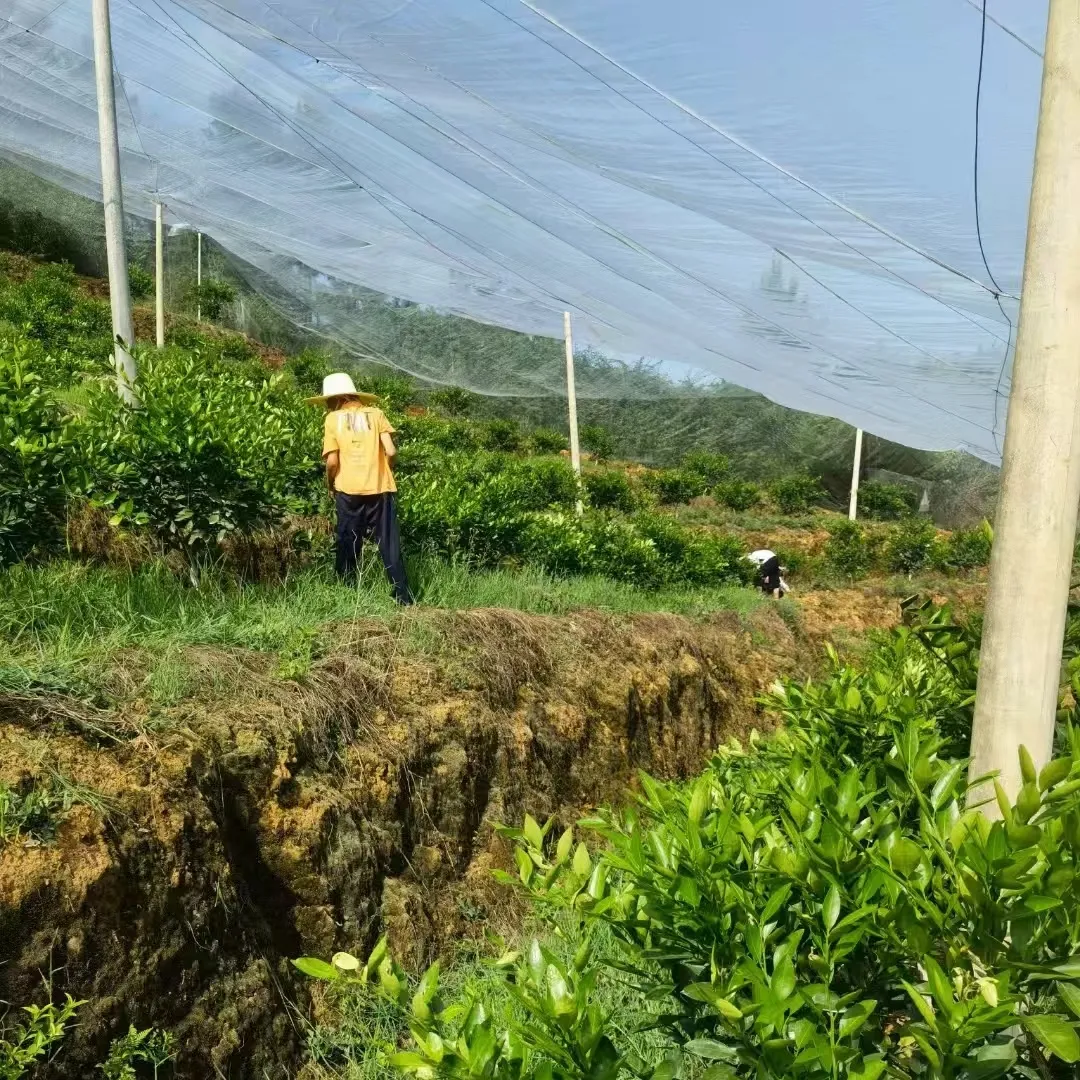-
 Afrikaans
Afrikaans -
 Albanian
Albanian -
 Amharic
Amharic -
 Arabic
Arabic -
 Armenian
Armenian -
 Azerbaijani
Azerbaijani -
 Basque
Basque -
 Belarusian
Belarusian -
 Bengali
Bengali -
 Bosnian
Bosnian -
 Bulgarian
Bulgarian -
 Catalan
Catalan -
 Cebuano
Cebuano -
 China
China -
 Corsican
Corsican -
 Croatian
Croatian -
 Czech
Czech -
 Danish
Danish -
 Dutch
Dutch -
 English
English -
 Esperanto
Esperanto -
 Estonian
Estonian -
 Finnish
Finnish -
 French
French -
 Frisian
Frisian -
 Galician
Galician -
 Georgian
Georgian -
 German
German -
 Greek
Greek -
 Gujarati
Gujarati -
 Haitian Creole
Haitian Creole -
 hausa
hausa -
 hawaiian
hawaiian -
 Hebrew
Hebrew -
 Hindi
Hindi -
 Miao
Miao -
 Hungarian
Hungarian -
 Icelandic
Icelandic -
 igbo
igbo -
 Indonesian
Indonesian -
 irish
irish -
 Italian
Italian -
 Japanese
Japanese -
 Javanese
Javanese -
 Kannada
Kannada -
 kazakh
kazakh -
 Khmer
Khmer -
 Rwandese
Rwandese -
 Korean
Korean -
 Kurdish
Kurdish -
 Kyrgyz
Kyrgyz -
 Lao
Lao -
 Latin
Latin -
 Latvian
Latvian -
 Lithuanian
Lithuanian -
 Luxembourgish
Luxembourgish -
 Macedonian
Macedonian -
 Malgashi
Malgashi -
 Malay
Malay -
 Malayalam
Malayalam -
 Maltese
Maltese -
 Maori
Maori -
 Marathi
Marathi -
 Mongolian
Mongolian -
 Myanmar
Myanmar -
 Nepali
Nepali -
 Norwegian
Norwegian -
 Norwegian
Norwegian -
 Occitan
Occitan -
 Pashto
Pashto -
 Persian
Persian -
 Polish
Polish -
 Portuguese
Portuguese -
 Punjabi
Punjabi -
 Romanian
Romanian -
 Russian
Russian -
 Samoan
Samoan -
 Scottish Gaelic
Scottish Gaelic -
 Serbian
Serbian -
 Sesotho
Sesotho -
 Shona
Shona -
 Sindhi
Sindhi -
 Sinhala
Sinhala -
 Slovak
Slovak -
 Slovenian
Slovenian -
 Somali
Somali -
 Spanish
Spanish -
 Sundanese
Sundanese -
 Swahili
Swahili -
 Swedish
Swedish -
 Tagalog
Tagalog -
 Tajik
Tajik -
 Tamil
Tamil -
 Tatar
Tatar -
 Telugu
Telugu -
 Thai
Thai -
 Turkish
Turkish -
 Turkmen
Turkmen -
 Ukrainian
Ukrainian -
 Urdu
Urdu -
 Uighur
Uighur -
 Uzbek
Uzbek -
 Vietnamese
Vietnamese -
 Welsh
Welsh -
 Bantu
Bantu -
 Yiddish
Yiddish -
 Yoruba
Yoruba -
 Zulu
Zulu
Factors Influencing the Price of Welded Wire Mesh in Today's Market
Understanding the Price Factors of Welded Wire Mesh
Welded wire mesh has become a staple in construction, agriculture, and various industrial applications due to its strength, versatility, and cost-effectiveness. As a key material, its price can fluctuate based on several factors that buyers should consider. In this article, we will explore the primary influences on welded wire mesh prices and offer insights into making informed purchasing decisions.
Material Composition
The type of material used in welded wire mesh production significantly affects its pricing. Most commonly, this mesh is made from mild steel, but variations exist, such as galvanized steel and stainless steel. Galvanized wire mesh, coated with a protective layer of zinc, resists corrosion and rust, making it more suitable for outdoor and high-moisture environments. Consequently, galvanized options tend to be more expensive than standard mild steel. Stainless steel wire mesh, which offers superior durability and resistance to harsh conditions, is usually the priciest option. Understanding the specific application requirements can help you choose the right type and manage costs effectively.
Diameter and Wire Spacing
The gauge of the wire and the spacing between the welds are crucial factors impacting the price of welded wire mesh. Thicker wires and narrower spacing enhance the strength and reliability of the mesh, which is particularly important for applications requiring high tensile strength. However, these features come at a higher cost. For standard applications, a lighter gauge may suffice, allowing for a more economical purchase. Therefore, it's essential to balance your project's requirements with your budget constraints when selecting the proper specifications.
Production Process
welded wire mesh price

The manufacturing method also influences the pricing of welded wire mesh. High-quality welded wire mesh is typically manufactured using automated machinery that ensures consistent weld strength and product dimensions. This precision manufacturing can be more costly but leads to superior performance and longevity. Conversely, cheaper options may result from less rigorous production processes, which could compromise quality and lead to long-term replacement costs. Investing in higher-quality mesh can pay off in durability and decreased maintenance.
Market Demand and Supply
The welded wire mesh market, like any commodity market, is subject to fluctuations based on demand and supply. During peak construction seasons or in rapidly developing industries, demand for welded wire mesh may outstrip supply, causing prices to rise. Conversely, if there’s a surplus of mesh products and lower demand, prices may decrease. Being aware of market trends can help buyers time their purchases effectively, potentially saving on costs.
Geographic Location
Shipping and logistics costs can also influence the overall price of welded wire mesh. Buyers located far from manufacturing plants may encounter higher shipping fees, which can increase the final cost significantly. Additionally, local market conditions, tariffs, and regulations can vary, affecting prices regionally. For large-scale projects, consider sourcing from local manufacturers to reduce transportation costs.
Conclusion
When it comes to purchasing welded wire mesh, understanding the various factors that influence pricing can lead to more informed decisions. From material composition to production techniques and market dynamics, each element plays a role in the final cost. Evaluate your project needs, weigh the benefits of durability versus initial costs, and consider market timing to get the best value for your investment. In summary, while price is an essential factor, ensuring the mesh meets your specific requirements will ultimately lead to successful and cost-effective project outcomes.
-
Shipping Plastic Bags for Every NeedNewsJul.24,2025
-
Safety Netting: Your Shield in ConstructionNewsJul.24,2025
-
Plastic Mesh Netting for Everyday UseNewsJul.24,2025
-
Nylon Netting for Every UseNewsJul.24,2025
-
Mesh Breeder Box for Fish TanksNewsJul.24,2025
-
Expanded Steel Mesh Offers Durable VersatilityNewsJul.24,2025











